Thai Sweet Chili: The Flavor Bomb You Need in Your Kitchen (And How to Use It Like a Pro)
If you’ve ever tasted pad thai at a Thai restaurant and thought, 'I need more of that tangy, sweet heat in my life,' welcome to the wonderful world of Thai sweet chili sauce. Whether you're drizzling it on dumplings, dipping spring rolls into it, or sneaking it into your burger sauce, this iconic condiment is more than just a one-trick pony.
In this article, we’ll explore everything from its humble beginnings to its modern-day superpowers in global kitchens. Plus, I’ll share some not-so-secret-anymore tricks to make your taste buds sing—and maybe even impress your dinner guests without breaking a sweat. Let’s dive in!
Table of Contents
- What Is Thai Sweet Chili Anyway?
- Flavor Profile: Sweet, Spicy, Savory?
- Origins & Global Popularity
- Homemade vs. Store-Bought: Which Reigns Supreme?
- Pro Tips for Using Thai Sweet Chili Like a Culinary Rockstar
- Creative Recipes That Go Beyond Dipping Sauce
- Storage Hacks: Keep It Fresh, Not Fussy
- Thai Sweet Chili vs. Other Popular Chilis: A Flavor Face-Off
- Final Thoughts & Spice Wisdom
What Is Thai Sweet Chili Anyway?
At first glance, Thai sweet chili sauce might seem like any other red-hued condiment. But don’t be fooled by appearances! This vibrant sauce is typically made from a base of red chilies, garlic, vinegar, sugar, and sometimes fish sauce or soy sauce.
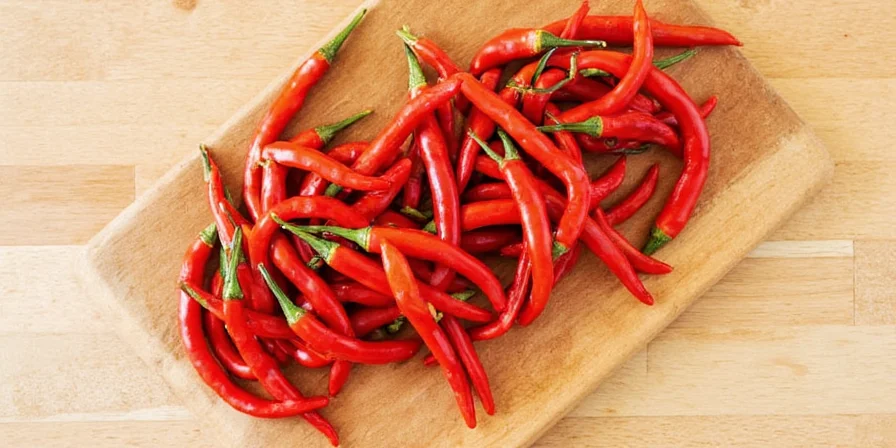
The result? A perfectly balanced blend of sweetness and spice, with a touch of umami that makes it incredibly versatile. It's often used as a dipping sauce, especially for dishes like chicken wings, dumplings, and seafood—but its potential doesn’t stop there.
Flavor Profile: Sweet, Spicy, Savory?
Let’s break down what makes Thai sweet chili so addictive:
- Sweetness: Usually comes from palm sugar or cane sugar. Provides a nice contrast to the heat.
- Heat: From fresh or dried red chilies. Not nuclear-hot but definitely has a kick.
- Acidity: Vinegar adds brightness and helps preserve the sauce.
- Umami: Fish sauce or soy sauce bring depth and savory notes.
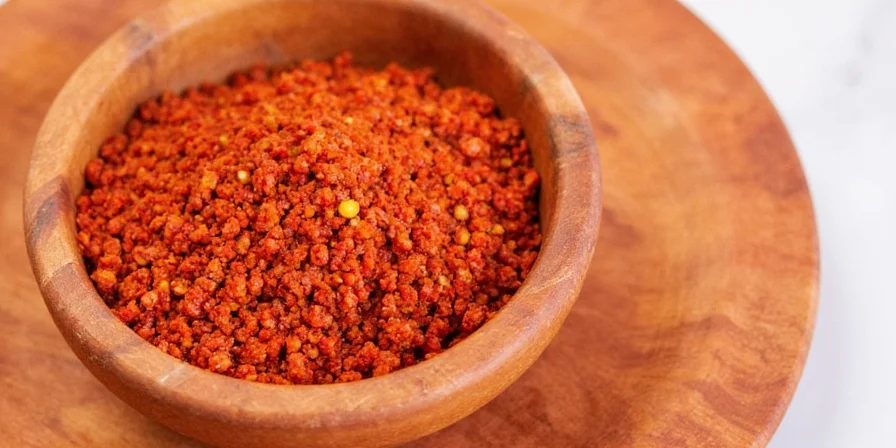
Origins & Global Popularity
Thai sweet chili sauce, known locally as “nam jim gai” (for its traditional use with chicken), traces its roots back to street food stalls across Thailand. Originally created as a dipping sauce for grilled or fried chicken, it quickly found its way onto plates all over the country.
Thanks to globalization and our collective obsession with bold flavors, Thai sweet chili now enjoys worldwide fame. You can find it in supermarkets from Tokyo to Toronto, and it’s become a staple in fusion cuisine and home kitchens alike.
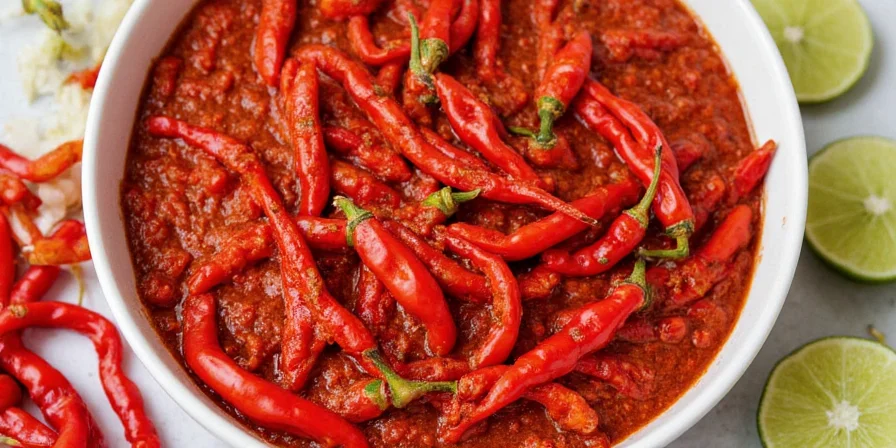
Homemade vs. Store-Bought: Which Reigns Supreme?
You’ve got options when it comes to Thai sweet chili. Here's how they stack up:
| Aspect | Homemade | Store-Bought |
|---|---|---|
| Taste | Fresher, customizable, deeper flavor | Consistent, convenient, slightly artificial aftertaste possible |
| Time Required | ~30 minutes | Instant gratification |
| Ingredients Control | You choose quality and adjust spice/sugar | Potentially contains preservatives, MSG, corn syrup |
| Shelf Life | 1–2 weeks refrigerated | Months unopened, longer with preservatives |
Pro Tips for Using Thai Sweet Chili Like a Culinary Rockstar
Ready to level up your game with Thai sweet chili? Here are seven practical, foolproof tips:
- Drizzle on Stir-Fries: Add a spoonful to your stir-fry during the last minute of cooking. Instant upgrade!
- Spice Up Sandwiches: Mix it into mayo for an instant kick. Perfect for burgers or wraps.
- Dip Central: Serve alongside egg rolls, nuggets, or even roasted veggies for a flavorful dip.
- Bake It In: Brush it onto baked tofu or chicken wings before the final 5 minutes of baking.
- Cool It Down: Pair it with something creamy like avocado or Greek yogurt to balance the heat.
- Marinade Magic: Blend with soy sauce, lime, and ginger for a quick marinade.
- Mix It Up: Combine with ketchup for a sweet-spicy twist on classic sauces.
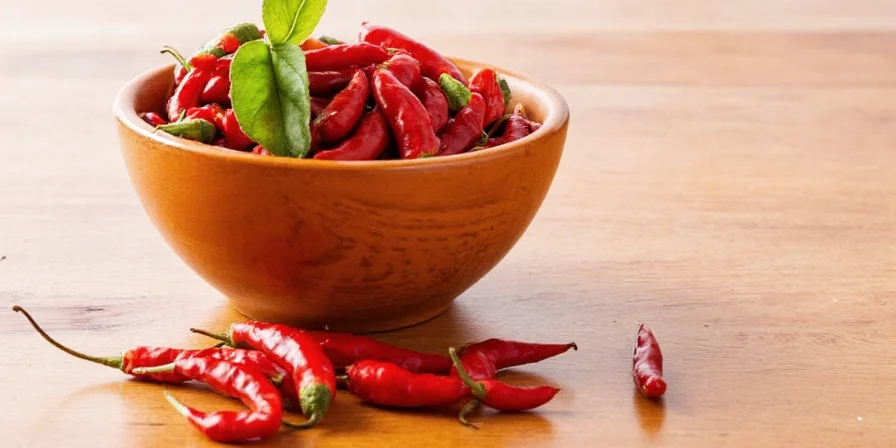
Creative Recipes That Go Beyond Dipping Sauce
Why settle for basic when you can go bananas? Try these fun uses for Thai sweet chili:
- Thai Chili Glazed Salmon: Brush over salmon fillets during the last 5 minutes of roasting.
- Spicy Popcorn: Toss freshly popped popcorn with melted butter and a few drops of chili sauce.
- Sticky Ribs: Combine with honey and soy sauce for a glaze that will make your BBQ dreams come true.
- Chili Butter Shrimp: Sauté shrimp in garlic butter, then add a splash of Thai sweet chili for a rich, complex flavor.
- Spicy Fruit Dip: Yep, you heard me right. Try it with pineapple slices or mango for a sweet-meets-heat surprise.
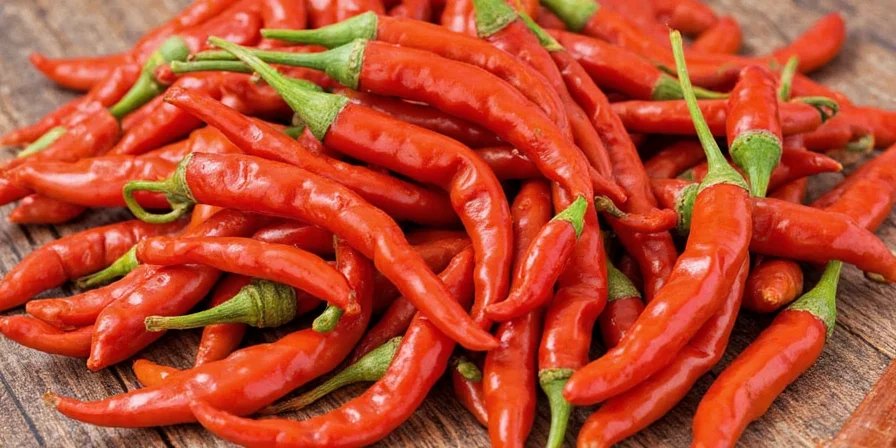
Storage Hacks: Keep It Fresh, Not Fussy
Whether homemade or store-bought, storing Thai sweet chili correctly keeps it tasting great and safe to eat:
- Refrigerate: Always keep opened jars in the fridge. Homemade versions must be refrigerated and consumed within 1–2 weeks.
- Airtight Containers: Use clean, dry bottles or mason jars to extend shelf life.
- Freeze It: Pour into ice cube trays and freeze for future use in soups, sauces, or stir-fries.
- No Oil Contamination: Never double-dip or let oil from other foods get into the bottle—it can promote bacterial growth.
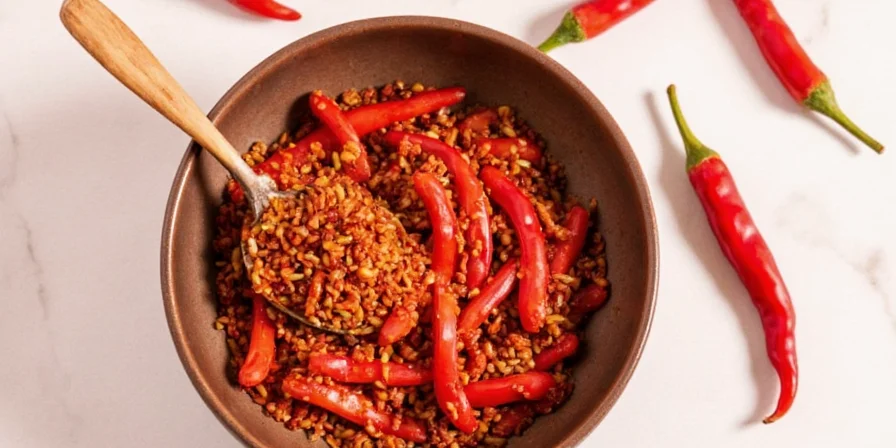
Thai Sweet Chili vs. Other Popular Chilis: A Flavor Face-Off
How does Thai sweet chili hold up against other popular chili sauces around the globe? Let’s compare:
| Feature | Thai Sweet Chili | Sriracha | Gochujang | Harissa |
|---|---|---|---|---|
| Sweetness Level | High | Low | Moderate | Very low |
| Heat Level | Moderate | High | Moderate | High |
| Texture | Smooth, pourable | Thicker, paste-like | Thick, sticky paste | Chunky, oily paste |
| Main Use | Dipping, light coating | Condiment, mixing into sauces | Marinades, stews, ssamjang | North African stews, dressings |
| Best For | Balance of sweet & spicy | Kick of heat in anything | Deep umami and fermented richness | Smoky, robust spice layers |
Final Thoughts & Spice Wisdom
Thai sweet chili is far more than just a condiment—it’s a gateway to global flavor. With its perfect harmony of sweetness and heat, it bridges cultures, cuisines, and cravings in a single spoonful.
So next time you reach for that little bottle of red sauce, remember: you’re not just adding heat—you’re tapping into centuries of culinary tradition, street food wisdom, and cross-cultural deliciousness.
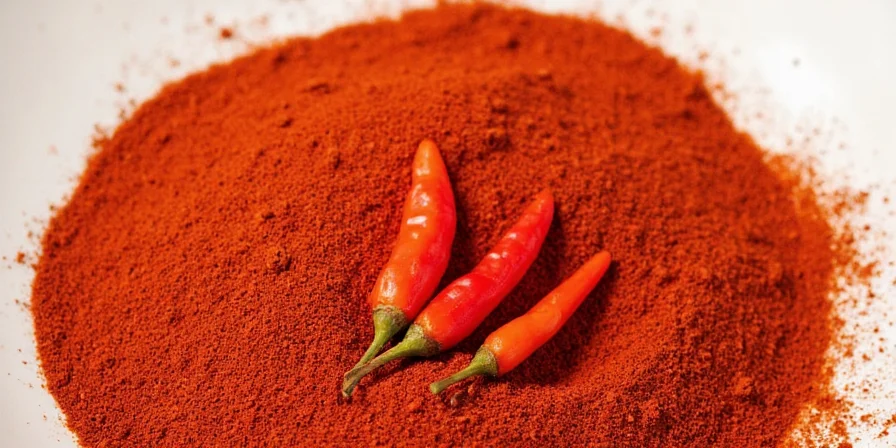
In Summary
- Thai sweet chili offers a unique balance of sweet, spicy, sour, and umami.
- It originated in Thailand as a chicken dipping sauce but has since gone global.
- Both homemade and store-bought versions have their perks—choose based on your needs.
- Use it creatively beyond dips—stir-fries, marinades, popcorn, and more!
- Store properly to maintain freshness and prevent spoilage.
Want More Spice Secrets?
Subscribe to our newsletter for weekly spice hacks, flavor profiles, and international cuisine tips straight to your inbox. And if you loved this post, don’t forget to share it with your fellow spice lovers!
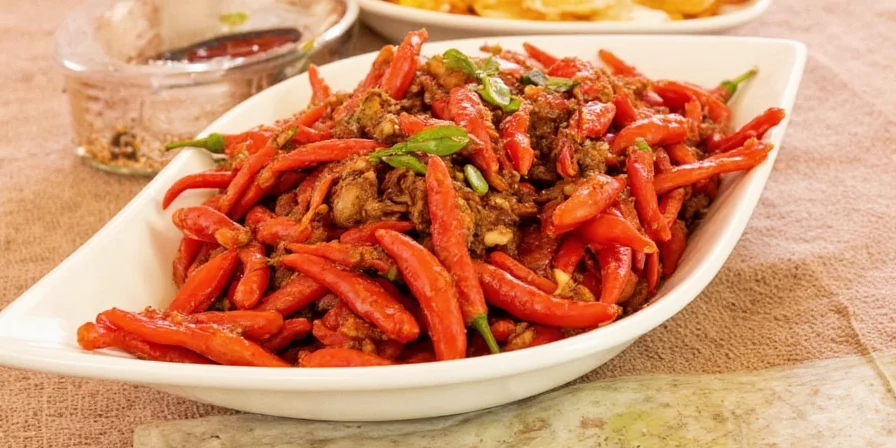
Conclusion
From its Southeast Asian roots to its current status as a kitchen essential, Thai sweet chili continues to charm foodies around the world. Whether you’re a seasoned chef or a curious home cook, this sauce deserves a permanent spot in your pantry. So spice things up responsibly, and remember—the best meals are the ones where every bite tells a story.











 浙公网安备
33010002000092号
浙公网安备
33010002000092号 浙B2-20120091-4
浙B2-20120091-4